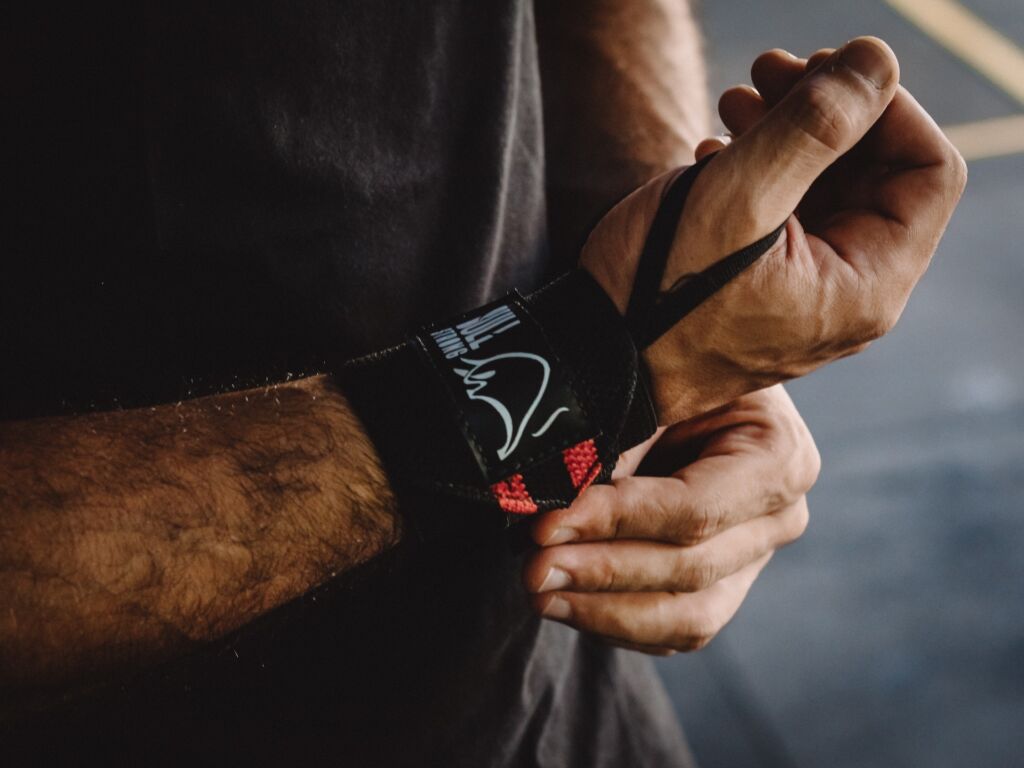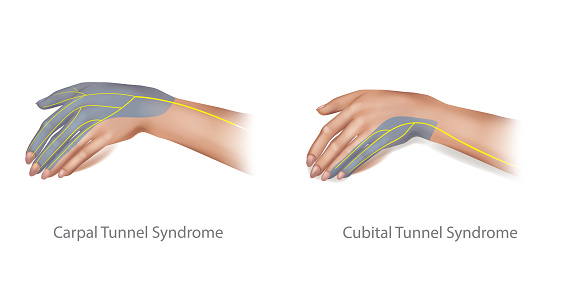Carpal Tunnel Syndrome
Carpal tunnel syndrome happens when there is pressure on your median nerve. The nerve runs along your arm and through the carpal tunnel (a passage in your wrist) before ending in your hand. It controls the movement and feeling of your fingers. What forms the tunnel are the wrist bones on the bottom and the transverse carpal ligament on the upper part of the wrist. An injured carpal tunnel denotes a swelling of tissues within the hand, which presses on the median nerve. Also referred to as median nerve compression, the condition results in hand pain, numbness, tingling, and/or weakness.
Signs & Symptoms
If you’re feeling some numbness or tingling in your hands, that’s a strong indication of carpal tunnel
- Burning or itching in your palm and thumb or index and middle fingers
- You may experience weakness and have difficulty holding things with your hands (dropping objects)
- Shocks moving into your fingers
- Tingling feeling moving up the arm or to the fingers
- Numbness and/or pain in hand or fingers at night
During the early stages of carpal tunnel, shaking out the hands will help one feel better. As the condition advances, the numbness might continue either way. Grip strength will also reduce as the muscles shrink, and pain and cramps will be commonplace.
Common Triggers
Most people don’t understand what brings on their carpal tunnel syndrome, but here are some possible triggers:
- Pregnancy
- Hypothyroidism
- Obesity
- Rheumatoid arthritis
- Body fluid changes
- Repetitive motions with the wrist (Ex: typing)

Diagnosis
To diagnose the condition, doctors will conduct the Tinel sign test by tapping the palm of your hand. They will also ask you to flex your wrists with the arms extended.
Other tests that help with diagnosis include EMG, X-rays, ultrasounds, or MRI exams. They will give the doctor a view of your bones and tissues. Another method involves the placement of a thin electrode in a muscle to test electrical activity or electrodes on the skin to measure the nerve signals of the hand and arm.
Treatment
Depending on the severity of the condition, your doctor might propose the following treatments:
- Exercises
Some stretching and strengthening exercises will help your nerve glide better within the carpal tunnel.
- Lifestyle changes
If you find yourself using your mobile device or typing continuously for hours on end, reducing the activity and taking regular breaks will help. An ergonomic keyboard and mouse will also be handy, as will maintaining a good posture while in front of the computer.
- Immobilization
To rest your median nerve, your doctor might recommend a splint to lessen movement and pressure. You’ll keep it on at night to rid the numb and tingly sensation.
- Medication
Your doctor might propose shots of anti-inflammatory drugs or steroids. This will curb swelling.
- Surgery
As a last resort, the doctor will conduct an operation called carpal tunnel release. The goal is to increase the tunnel size, which will ease the nerve pressure.
Professional spinal care and pain care experts are standing by to assist you. If we are not able to answer your question without an on-site appointment, we can schedule one for you.
OFFICE HOURS
Monday: 8 AM - 4:30 PM
Tuesday: 8 AM - 4:30 PM
Wednesday: 8 AM - 4:30 PM
Thursday: 8 AM - 4:30 PM
Friday: 8 AM - 4:30 PM
Saturday: Closed
Sunday: Closed
PROFESSIONAL DOCTORS
Dr. Schell has designed surgical techniques now used by many spinal surgeons.
MODERN EQUIPMENT
The most up-to-date medical equipment, to give you the best care that you deserve.



